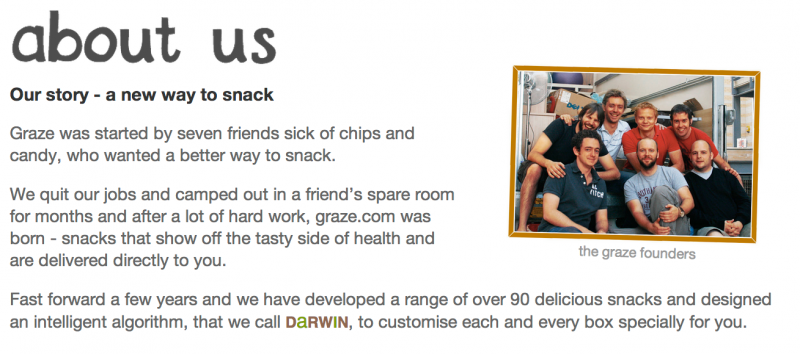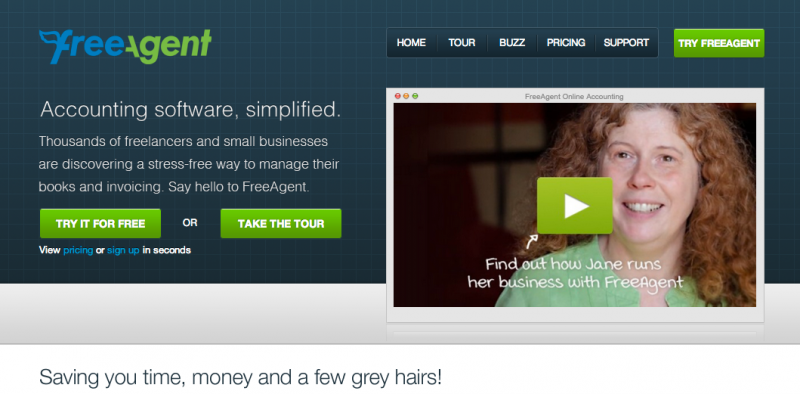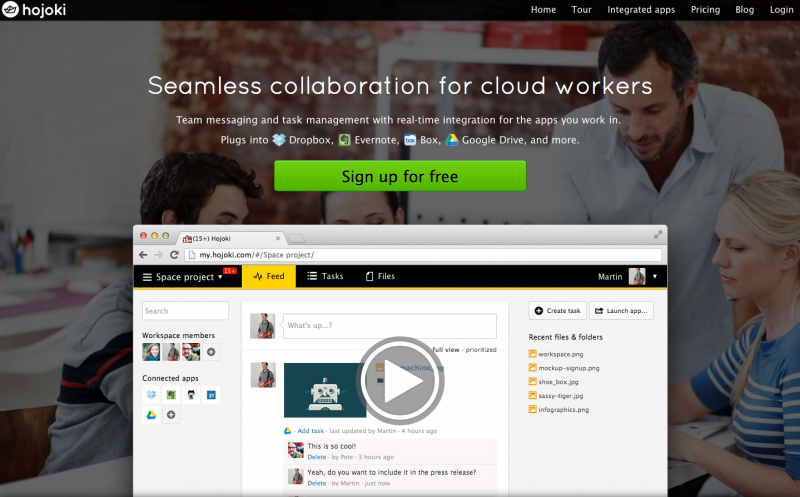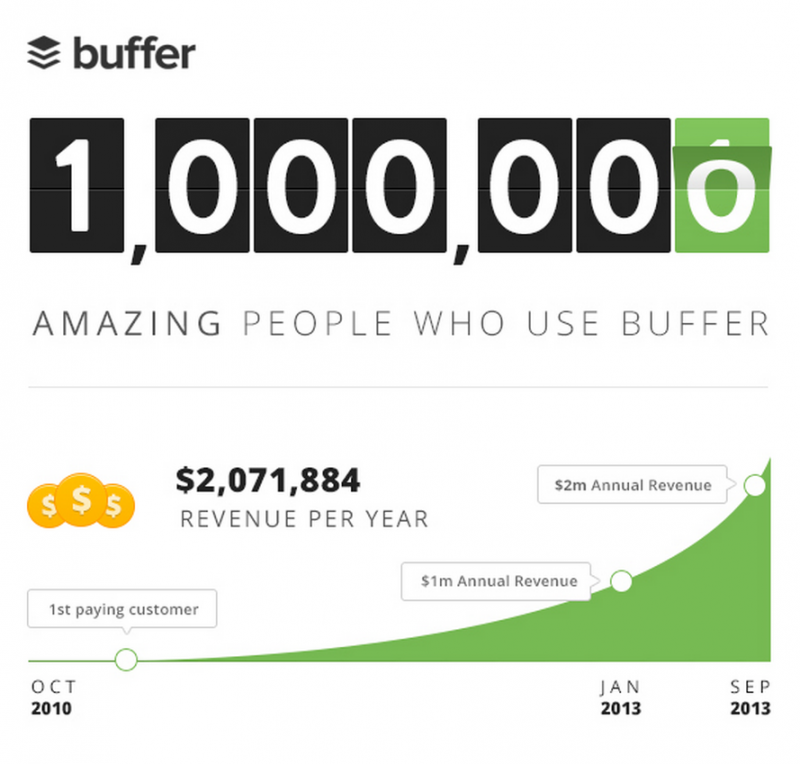Most of us are sick to death of being sold to. Yes, we want the best product at the best price and we want it ASAP. But we also want the decision of what we buy and where we buy it to be ours and ours alone.
So how do you sell to people when they just don’t want to be sold to?
Storytelling is a great way to tell people about your company and your product without pressuring them to go and buy it.
Copywriter Ben Settle put forward a good argument for storytelling in this article for Copyblogger.
Settle uses Top Gun as an example of selling through storytelling. After Top Gun was released, sales of Ray-Ban Aviator sunglasses jumped 40% and Air Force and Navy recruitment skyrocketed.
“Nothing in “Top Gun” movie told you to buy Maverick’s brand of sunglasses or join The Navy. But the movie “sold” both products to hordes of people.”
Now I’m not recommending you attempt to write your own Hollywood blockbuster just to sell your product, but there are plenty of ways you could be using storytelling in your sales strategy. Let me explain…
Once upon a time…
One of the simplest ways to incorporate storytelling into your sales strategy is on your About Us page. How did you come up with your business? Why was it important to you and why is it still important to you? Allowing your customers to get to know you will help them to trust you and a personal story is one of the most interesting ways to do this.
The guys at Graze keep their story short but it’s a story their customers can empathise with.
From this very short story we can see that the Graze team understands and shares their customers’ needs (a better way to snack) and feels passionately about what they do, afterall they quit their jobs and “camped out in a friend’s spare room for months”. Now that we know they really do care and understand, we are more likely to consider buying from them…
Tip: Try rewriting your “About Us” page as a story with a beginning, a middle and an end that your customers can relate to.
Overcome your antagonists
Pretty much every great story sees the protagonist overcome an antagonist of some kind. The antagonist can be any obstacle between the protagonist and her goal of saving the world/ falling in love / not getting murdered.
You and your target audience have a common antagonist. A problem that is preventing you both from doing what you want. The difference is that you have created a solution to that problem while your customers are still looking for a solution.
“Tap into and talk about a common “enemy” to bond with your customers, and their loyalty to you will grow very strong, very fast.” – Brandon Yanofsky, B-List Marketing
Take a look at accounting software FreeAgent’s homepage. FreeAgent have identified the problems (the antagonists) that are preventing its customers (the protagonists) from managing their own accounts – it’s too complicated and too stressful! Their homepage explains how their product will help customers overcome the antagonist: by providing “a stress-free way to manage their books and invoices”.
Tip: Your blog is a great place address your (and your customers’) antagonist without forcing your product down their throats. For example, if you sell cleaning products, you could use your blog to give away free tips and advice on overcoming your mutual antagonist – dirt!
A picture’s worth a thousand words
Pictures and videos can help us to connect emotionally with stories. Take a look at Hojoki’s homepage.
Hojoki tell their story visually through an explainer video on their homepage. The video is from the perspective of Sarah, who demonstrates how to use Hojoki with her own account. Sarah brings a human element to the story that customers can relate to.
Hojoki also use a background image of a small team working closely together, enabling users visualise what their lives will be like once they start using Hojoki.
Images are also ideal for telling stories quickly. While long chunks of text can take time to read, an image can tell your story at a glance.
“Visuals are very efficient in conveying a story because our brains can process them 60,000 times faster than text.” Sabina Idler, Usabilla.
Infographics are a great way to tell your whole story visually. When social media manager Buffer hit 1,000,000 users, they made an infographic to show their story so far. Now isn’t that much more interesting than your typical stats report?
Click on the image to see the full infographic
Tip: Add an emotional element to your story by showing a photo of people using your product. This will allow customers to visualise how they will feel when they purchase from you.
Leave ‘em hanging
When was the last time you finished watching an episode of Breaking Bad, Mad Men or The Walking Dead and just had to watch the next one to find out what happened to Walter, Don or Rick?
Cliffhangers are one of the greatest storytelling techniques, roping us in to reading or watching more. If you’re not using cliffhangers in your sales copy and blog posts, you’re missing a trick.
Demian Farnworth introduced the concept of “internal cliffhangers” in this article for Copyblogger.
“Internal cliffhangers stitch your story, article, or podcast together using emotions. These are statements and devices inside a piece of content that entice a reader to keep going.”
Examples of internal cliffhangers are “let me explain”, “for example” or simply finishing your sentence with an ellipsis (…) before you go on to explain your point. The best stories encourage readers to keep reading, which will give you more of a chance to sell to them.
Tip: Try adding internal cliffhangers into your copy by regularly reminding your readers what they will gain if they keep reading.
What are the best examples of sales through storytelling you’ve seen?







